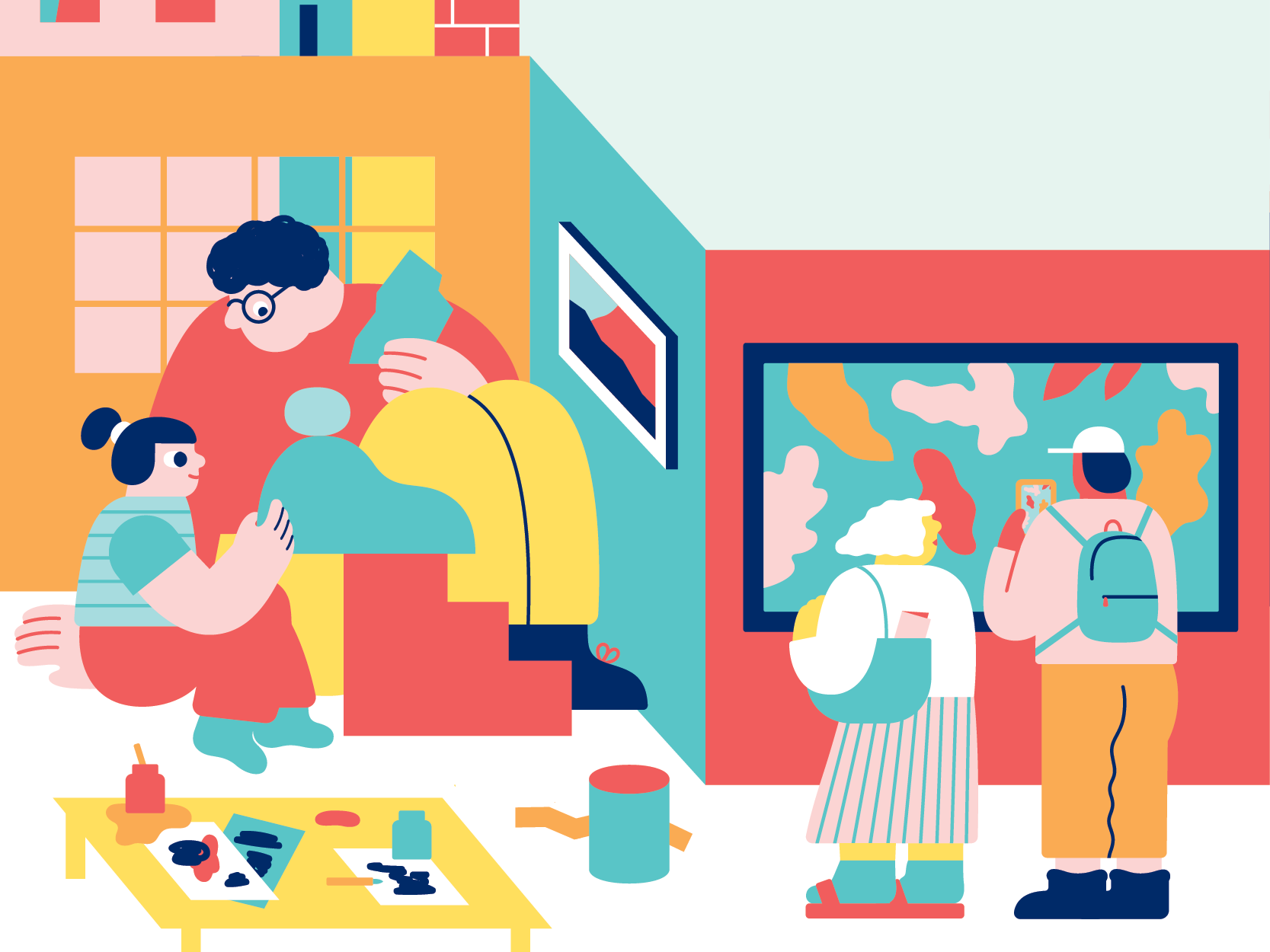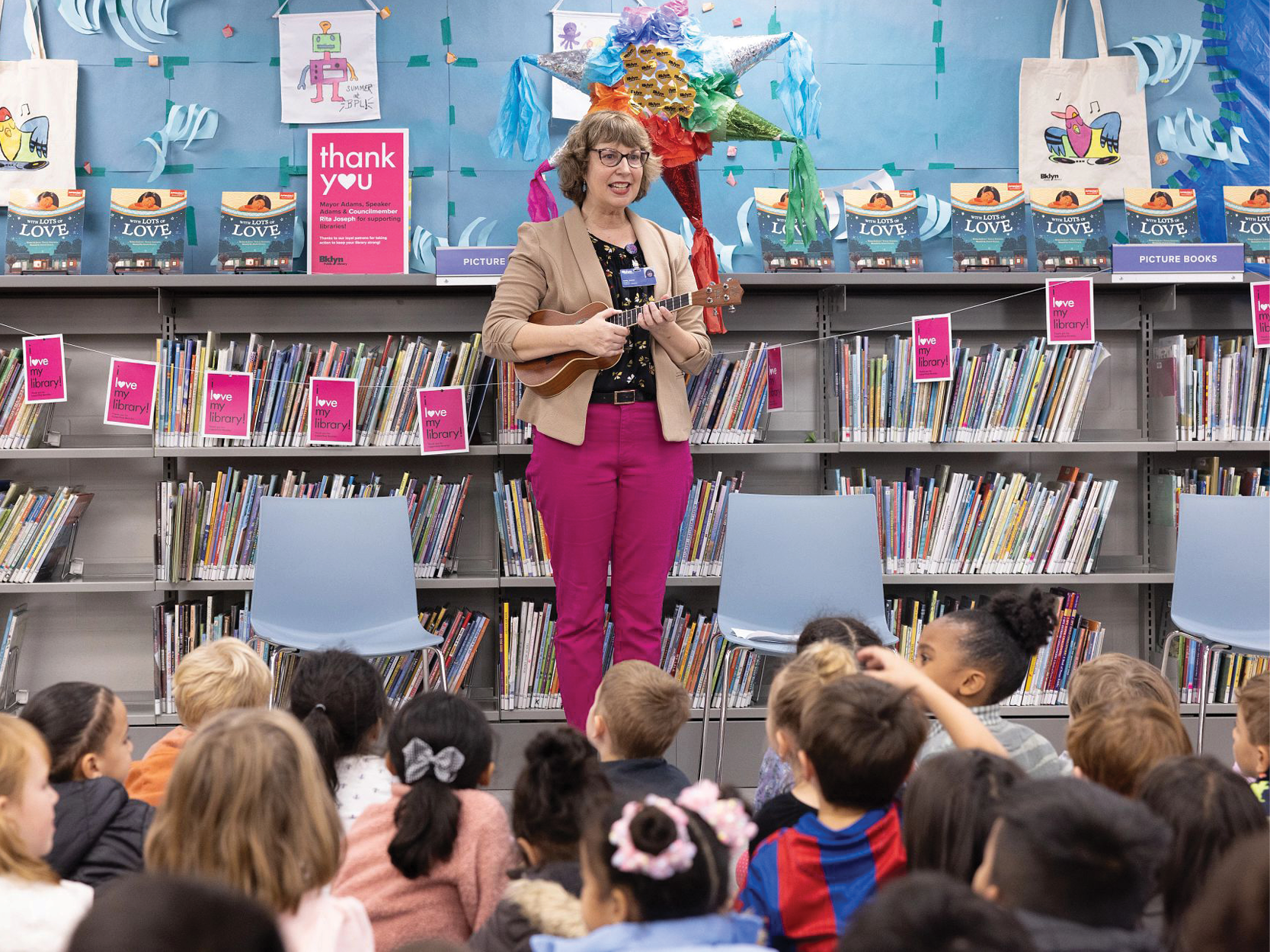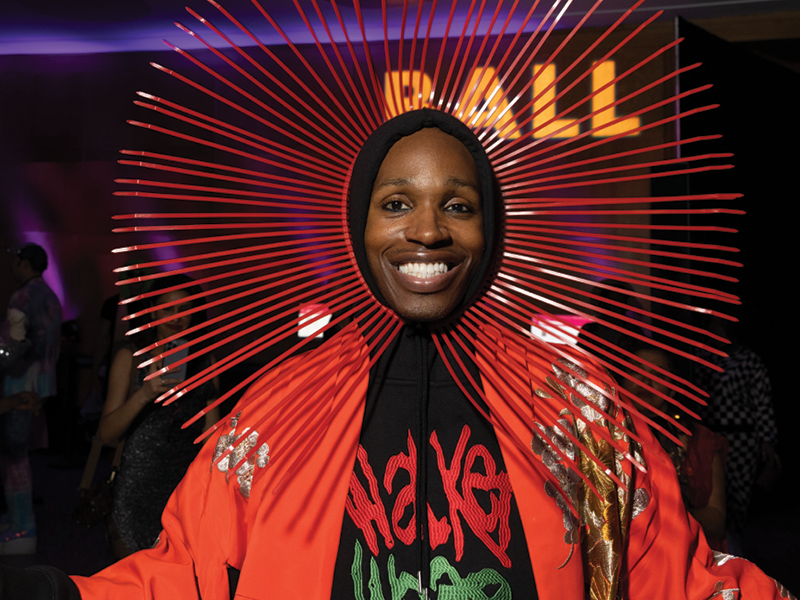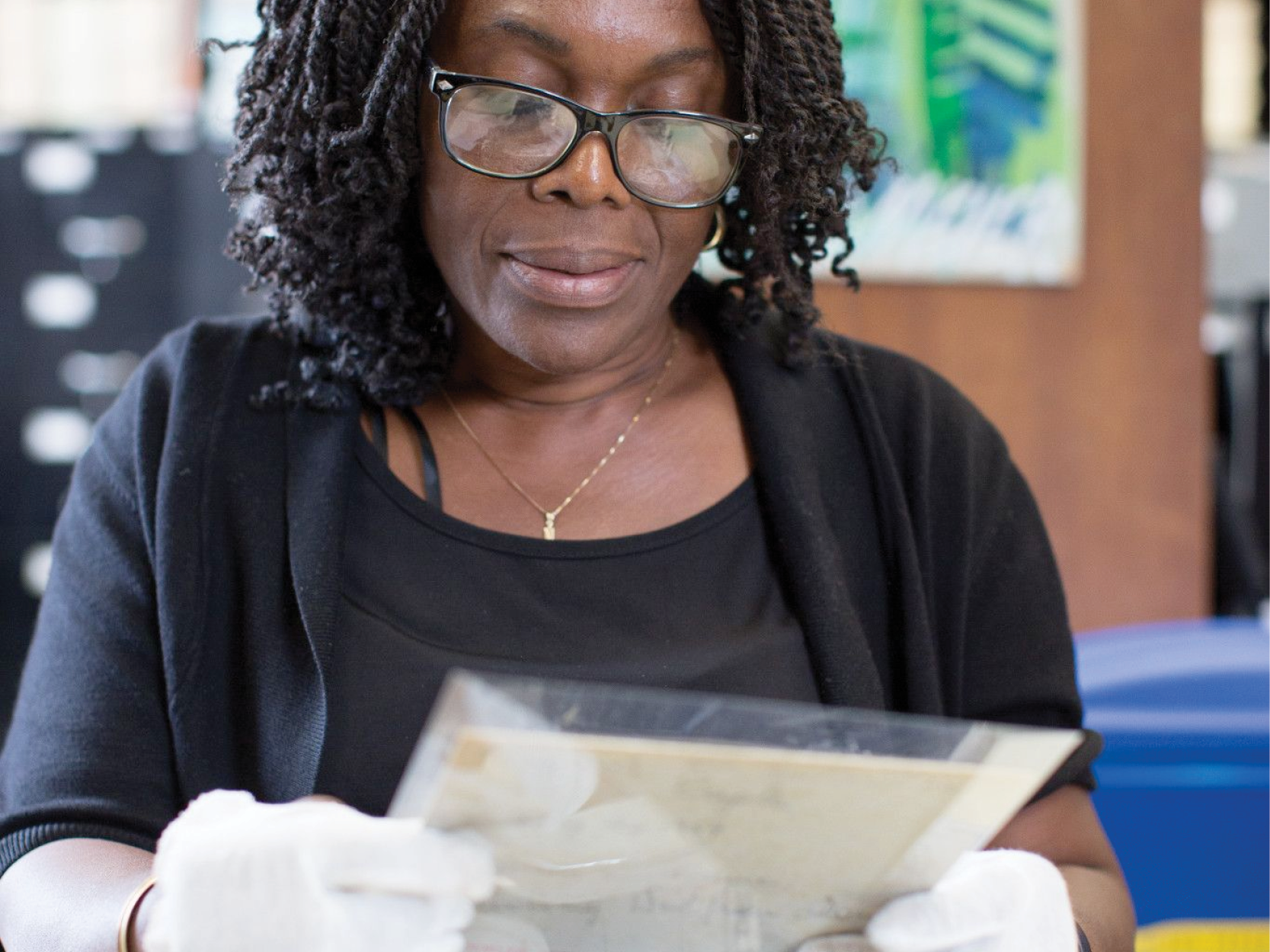The exhibition, titled Lenapehoking, is on view at the new Greenpoint Library and Environmental Education Center, January 20 through April 30, 2022
Brooklyn, NY – January 12, 2021– Brooklyn Public Library (BPL) and The Lenape Center announced today Lenapehoking, the first-ever Lenape-curated exhibition in New York featuring masterworks by Lenape artists past and present. The new exhibition, opening January 20 and on view through April 30 at Greenpoint Library and Environmental Education Center, includes never-before-seen beaded bandolier bags from the 1800s, a newly created turkey feather cape, culinary tapestries from a seed rematriation project in the Hudson Valley, and more.
In addition to the exhibition, BPL and The Lenape Center will present a number of educational programs and lectures throughout the winter and spring including a panel conversation with Gloria Steinem on the crisis of missing Indigenous persons; a series of original music by Brent Michael Davids; poetry readings by Rebecca Haff Lowry; insights into Lenape food ways with Farm Hub; and talks by Indigenous scholars and lecturers such as Curtis Zunigha, Heather Bruegl, and Hadrien Coumans, among others in collaboration with BPL’s Center for Brooklyn History.
Curated by Joe Baker, enrolled member of the Delaware Tribe of Indians and Co-Founder/Executive Director of the Lenape Center, Lenapehoking uses a mix of contemporary and historical objects, telling the story of a vast and vibrant community, reframing the narrative of indigenous tribes told in more traditional settings, which too often overlooks the genocide of the Lenape people and their living legacy today. As part of the virtual exhibition opening on January 20 at 7p.m. EST, Baker leads a digital tour of the artwork and ephemera on display, sharing the items meaning and significance. To RSVP for the virtual event, please click here.
“The exhibition site is a library branch, a public space, a very democratic space, a place where grandmas gather, and children gather; it is in many ways kind of messy and noisy and it’s a part of a community and it is really alive. And that to us was very important in terms of disrupting the historical hierarchal museum model and placing this work at the very ground level of human experience,” said Joe Baker, enrolled member of the Delaware Tribe of Indians and Co-Founder/Executive Director of the Lenape Center.
The exhibition features a series of historical beaded bandolier bags made between 1830 and 1850 alongside contemporary examples by Joe Baker. The bags were once an important element of men’s attire, worn for important social and political occasions and served as a passport, identifying the wearer as Lenape. They are a tribute to survival, made during a time of forced displacement and oppression after the Removal Act of 1830 was ratified. Additional objects include a contemporary turkey feather cape created by Rebecca Haff Lowry with Sandra Lowery which will be exhibited for the first time. Worn by both men and women, the cape provides a dramatic flourish to traditional dress but also provides warmth and protects the wearer from seasonal weather.
Additional featured objects include three tapestries made of Purple Kingsessing, Blue Shackamaxon, and Hannah Freeman beans which represent the rematriation of ancestral Lenape seeds to their native soil after hundreds of years of removal. This living fabric is a result of a partnership with Farm Hub, a regenerative agriculture non-profit in the upper Hudson Valley.
As part of the exhibition, Greenpoint Library’s rooftop teaching garden will feature Indigenous fruit trees that were historically cultivated by the Lenape in Manhattan, creating continuity between the ecological past and present. The incorporation of organic materials into the exhibition space creates a portal into the living culture of the Lenape people today.
“The Lenapehoking exhibition does not relegate indigenous history to the distant past,” said Linda E. Johnson, President and CEO of Brooklyn Public Library. “It traces a through-line to the Lenape artists working today, who have much to teach us about memory, survival, and stewardship. This is precisely the kind of work public libraries are meant to do—ensure every member of the community has access to our shared past and the tools they need in the present to imagine a future that’s more sustainable and more just.”
About Brooklyn Library
Brooklyn Public Library is one of the nation’s largest library systems and among New York City’s most democratic institutions. As a leader in developing modern 21st-century libraries, we provide resources to support personal advancement, foster civic literacy, and strengthen the fabric of community among the more than 2.7 million individuals who call Brooklyn home. We provide nearly 60,000 free programs a year with writers, thinkers, artists, and educators—from around the corner and around the world. And we give patrons millions of opportunities to enjoy one of life’s greatest satisfactions: the joy of a good book.







